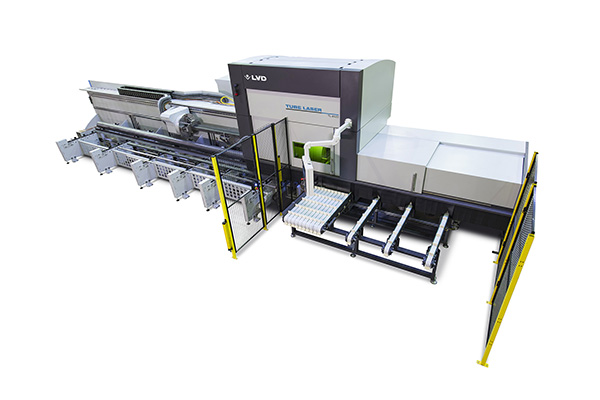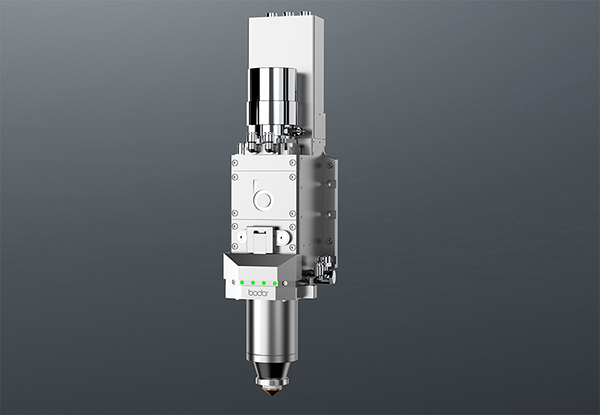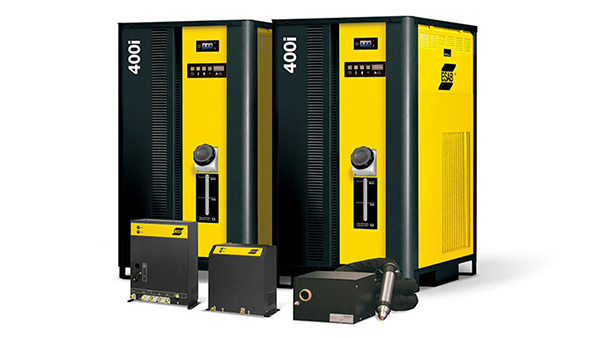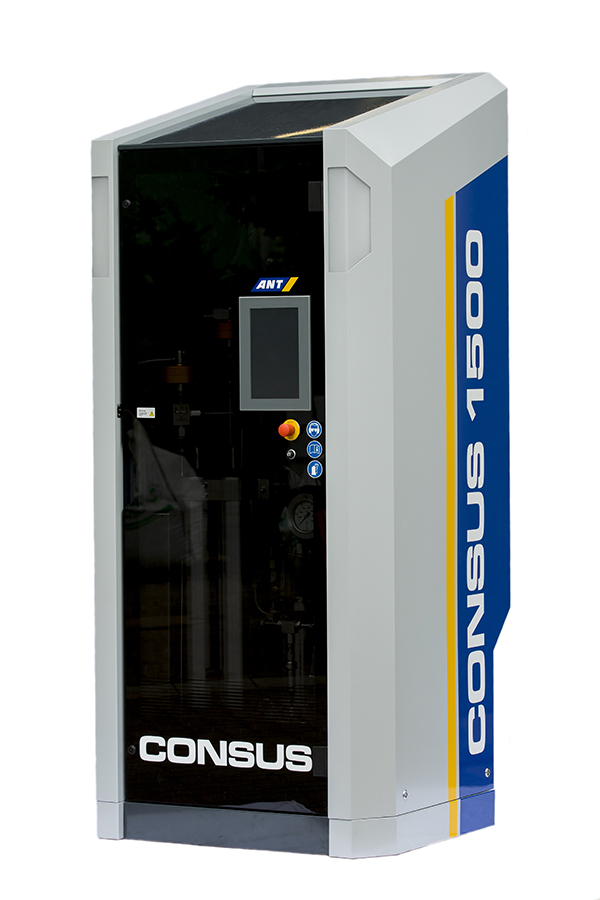
A UK supplier of specialist metal components has taken delivery of a new laser cutting machine that could deliver up to £1m of new sales. HV Wooding, which employs 90 staff at its manufacturing facility in Hythe, Kent, has invested more than £500,000 in a Trumpf TruLaser 3030 as it looks to take advantage of significant ‘electrification’ opportunities.
The company has doubled its laser capacity with this addition and the machine will immediately begin producing thin-gauge laminations and busbars for use in electric cars, lorries, buses and commercial vehicles, not to mention offering customers the ability to cut below 0.5 mm thick and to <50 µm tolerance. Installed last month, the machine provides 3 kW laser power, 170 m/min simultaneous axis speeds, axis acceleration of 14 m/s2 and a pallet change time of just 18.5 seconds. “Our existing laser was working 24 hours per day, so we needed an additional option to help us satisfy current demand and provide capacity to target new opportunities,” explains Paul Allen, sales director at HV Wooding. “Customers are changing their designs of rotors and stators to increase performance, and this investment gives us the ideal solution to offer quick turnaround prototypes without the cost of wire cutting. “The maximum sheet thicknesses we can cut on the new machine is 20 mm for mild steel, 15 mm for stainless steel/aluminium and 6 mm for copper and brass,” he continues. “Over £200,000 of orders have already been placed, with the potential to add another £800,000 between now and the end of 2022.” HV Wooding has enjoyed a strong 10 months, with turnover up £600,000 since the UK emerged from lockdown. The company has created 16 new jobs to help cope with demand. For further information www.hvwooding.co.uk























